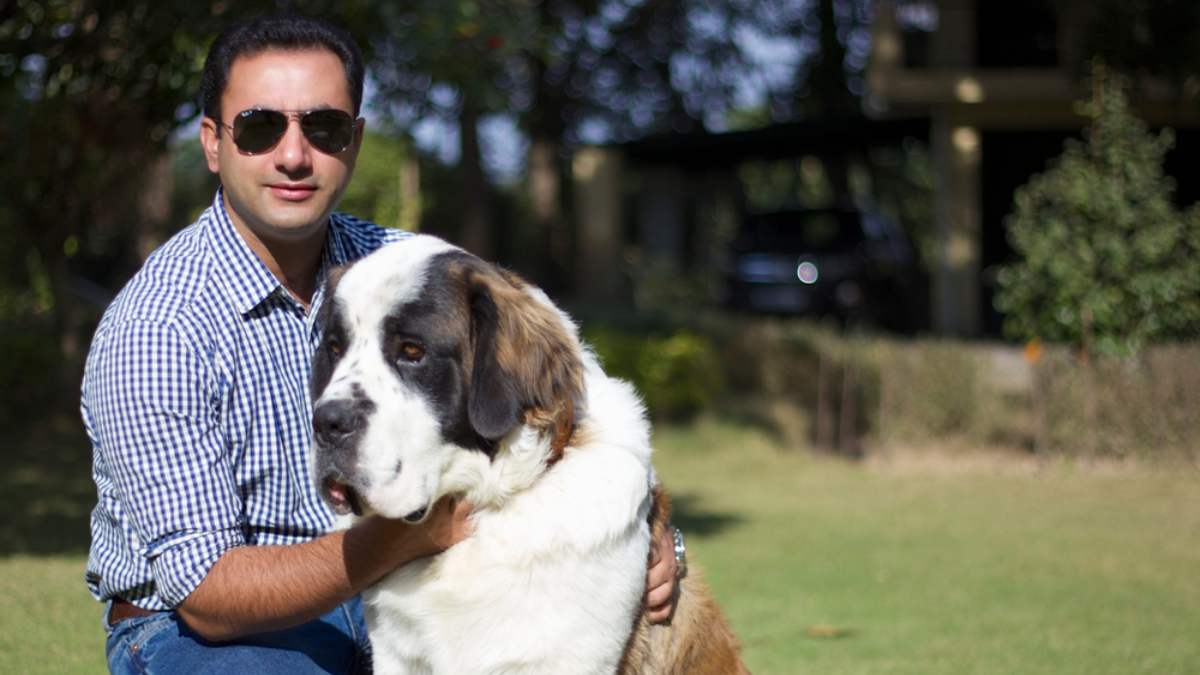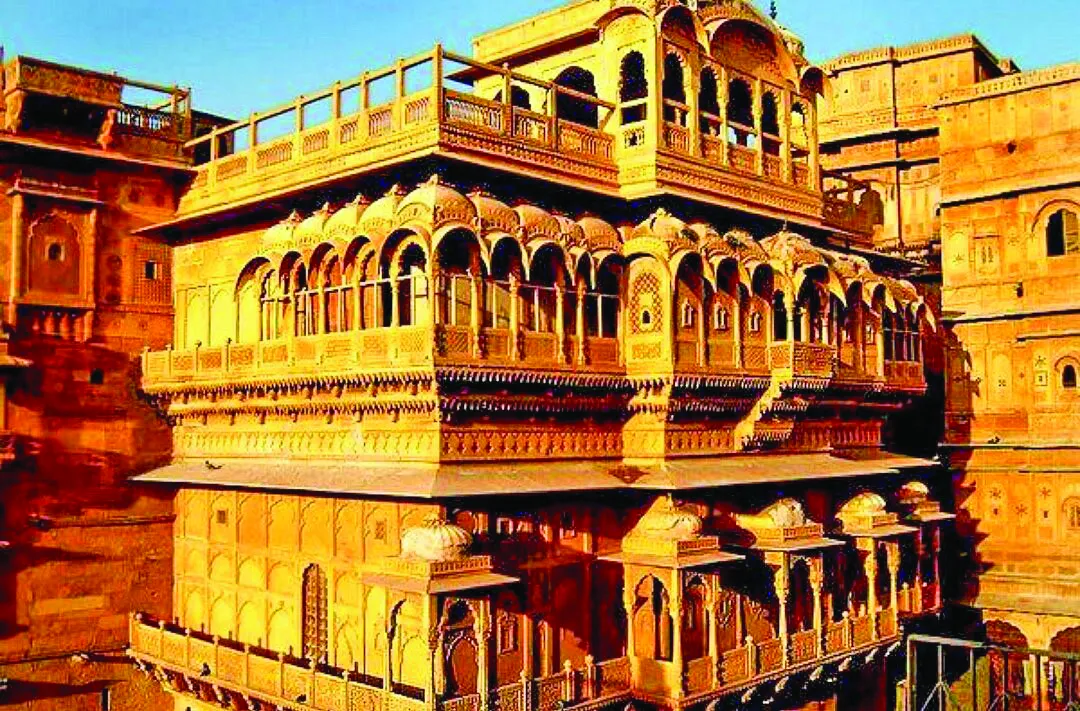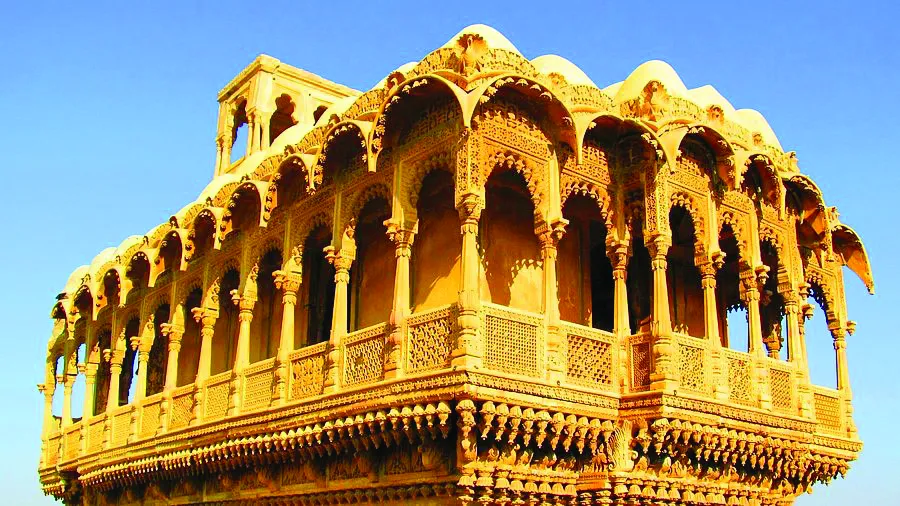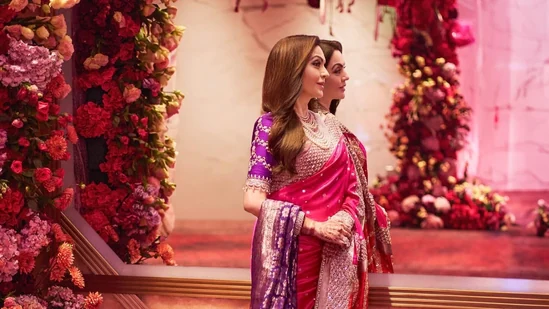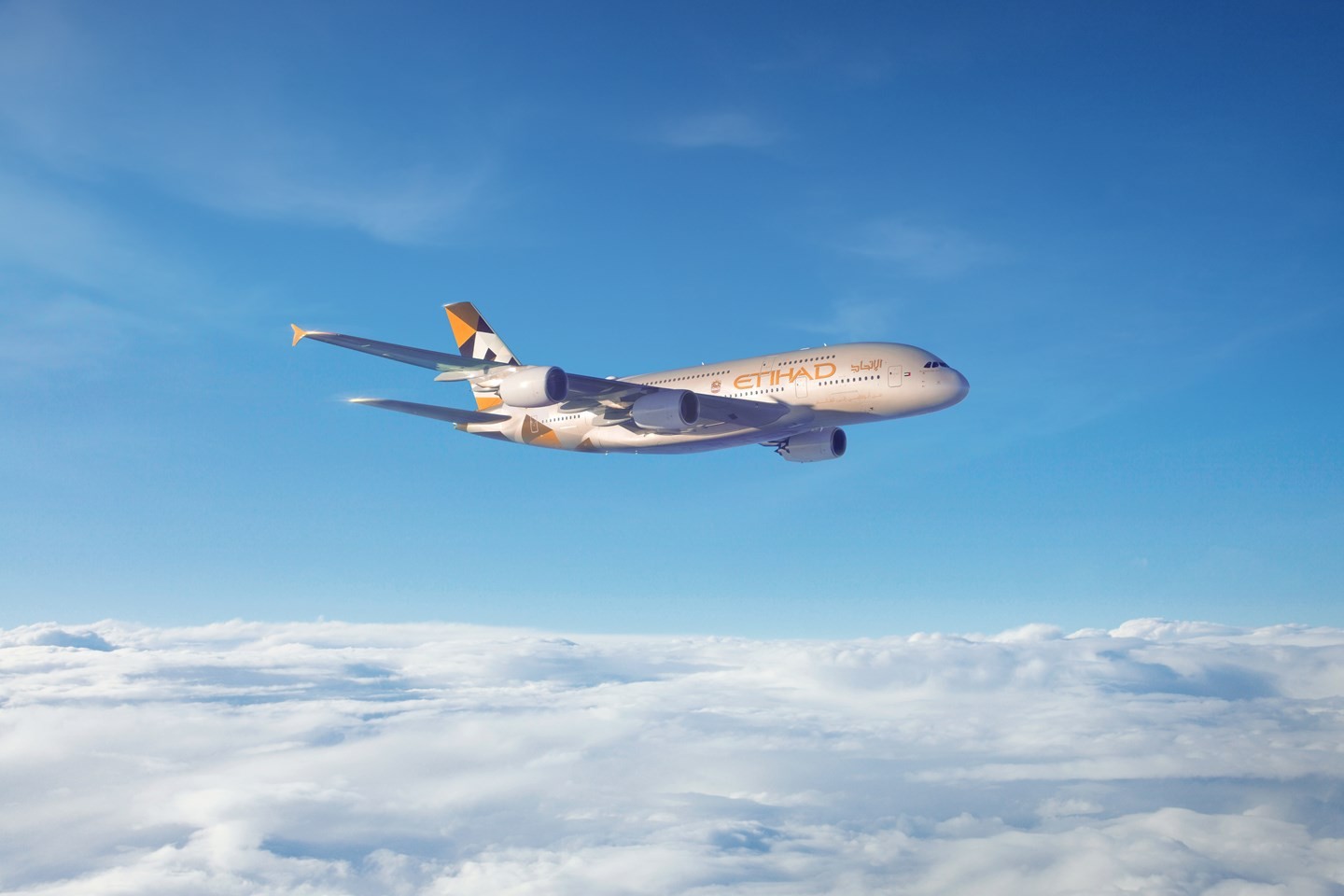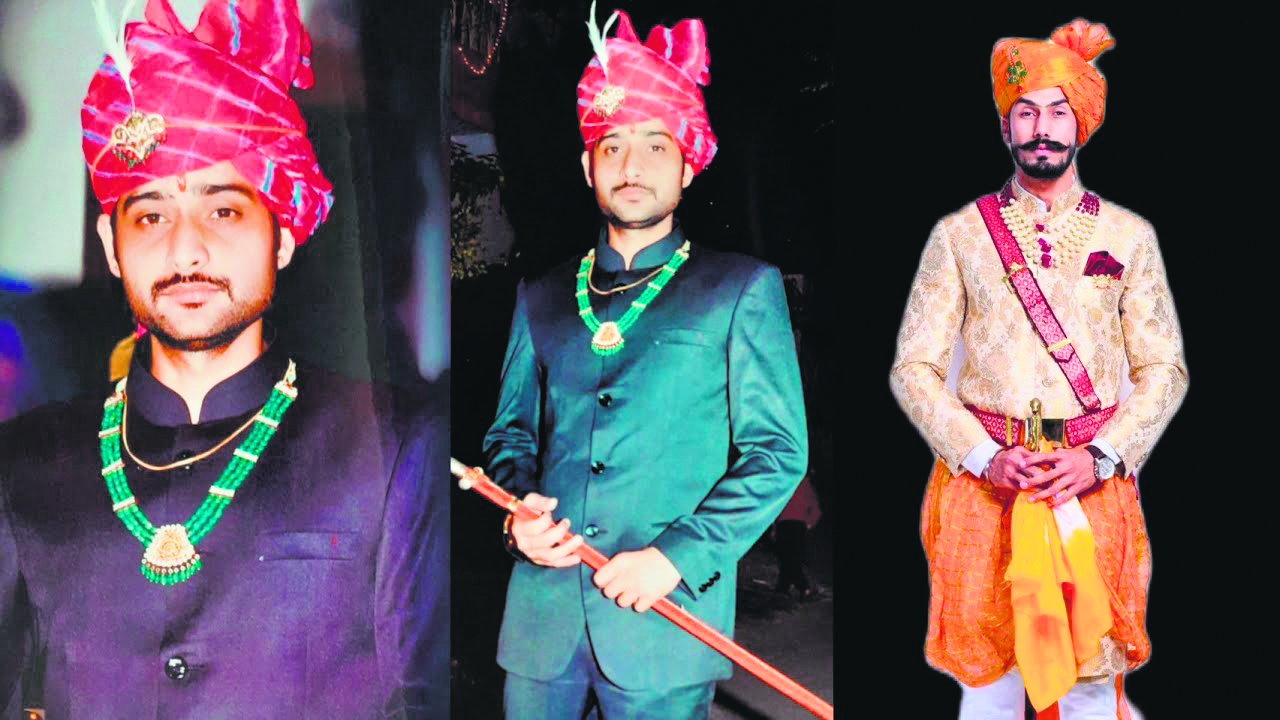Thinking of versatility? Introducing Yaduraaj Singh of Tiara—a professional hotelier, part-time off-road driving instructor and passionate wildlife and landscape photographer all rolled into one. Hailing from Himachal Pradesh’s Kangra region, Yaduraaj had served the Oberoi Group of Hotels for twelve years before returning to administer Udeechee Huts, his family’s hotel property above McLeod Ganj.
Having been hosted by Yaduraaj and his colleagues at the Oberoi Vanyavilas during my various trips to Ranthambore, I had come to firmly associate his presence in the hospitality industry until last year, when he arrived as a guest at my resort in Manali. He was accompanying some family friends that we had in common on a road trip to the iconic Ladakh valley, and the group decided to break their long haul at mine. It was only then that I had the opportunity of learning about Yaduraaj’s proficiency as an avid photographer over a candid exchange. A week after I flagged him off, I was awestruck to find online updates of the photographs that Yaduraaj had clicked during the road trip. Without a moment’s delay, I invited him to grace my readership with his creative insights and experiences, and the gifted lensman jovially obliged.
To begin with, Yaduraaj’s twin intrigues towards wildlife and landscape photography bear significant origin in his personal and professional roots, and are also fuelled by the same. On the one hand, his prolonged tenure at Vanyavilas afforded him an unparalleled intimacy with Ranthambore’s wildlife, and on the other, he sustained interactions with his Himalayan homeland. The parallel strengthening of this duality is supplemented by Yaduraaj himself, who says, “Seeing the tigers and leopards in their natural habitat and getting up close to them in this process was an amazing experience and gave me a different adrenaline rush. The Himalayan landscapes, mountains, valleys and rivers, on the other hand, seem like an entirely different world, and I took to my camera to capture these unseen wonders. Just driving through the harshest of conditions to see the most beautiful sunrise or sunset, or even a meandering river through rugged mountains, is what I love to capture through my camera.”
Yaduraaj’s prolonged exploration of the diverse fauna in Ranthambore’s thickets and the pristine beauty of various Himalayan terrains come to life through a series of photographs from his personal collection. At first, the discerning viewer is likely to appreciate their display of the vibrant facets of natural magnificence. But when seen more closely, his impeccable skill and precision with the camera that produces Yaduraaj’s various masterpieces become obvious.
The contrasting set of challenges borne by two of his favourite genres expands the scope of photographic principles for him to adhere to. He elaborates on this by comparing the two: “The level of patience required in wildlife photography is extremely high. You can just wait and wait for hours at a stretch and nothing can happen, or you can be waiting and, in a few seconds, everything can occur and finish, especially if it is a kill of a chase. Landscape photography, in comparison, is much simpler as you have all the time to set your camera and wait for the right moment. You can frame a frame in your head before shooting it whereas wildlife photography does not give you that opportunity all the time. Here, you have to be quick with your camera, and knowledgeable of your surroundings as well as the animal’s behaviour. With this information, one can be a little better prepared to get better photos. Compared to wildlife photography, landscape is much simpler, as you have all the time to set your camera and wait for the right moment.”
The extremities offered by different terrains form another factor that Yaduraaj highlights. “When you are in nature, the natural surroundings are a challenge in themselves. Be it the cold winds of Ladakh or the hot temperatures of Ranthambore, keeping your equipment safe and clean is a big challenge. I remember visiting Ladakh in February to capture a snow leopard and experiencing temperatures as low as -25 degrees Celsius. It is not easy to ensure that your equipment is ready when the time to execute shooting arrives. Similarly, to be in Ranthambore during the summers amounts to experiencing temperatures as high as 47 degrees Celsius when you are out in the afternoon. It gets difficult to manage your camera because it is extremely hot to hold,” he accounts.
His extensive exploration of the two photographic genres through recurring visits to Ladakh and Ranthambore has enriched Yaduraaj’s photographic collection to a great extent. Looking ahead, the photographer seeks to pursue his passionate lens excursions through alternate regional and international locations as well. “I am very keen on travelling more for wildlife and landscape photography and increasing my knowledge in the field. There is just so much to explore and learn in this sphere. I will be going to Kenya soon for wildlife photography and I also have plans to travel to different parts of the country in the near future. I would love to do an exhibition too. I am just waiting to get some more great pictures for everyone to see and enjoy,” he concludes.

